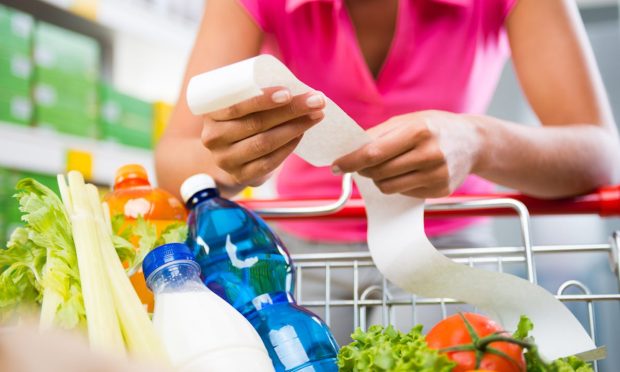Food for Thought: As Grocery Bills Rise, Living Paycheck to Paycheck Gets Tougher

As the price of what’s in the pantry rises, consumers living paycheck to paycheck suffer, disproportionately.
The ripple effect may keep those consumers, even the ones who do not struggle to make ends meet, sticking to debit. That would create a headwind, at least in part, to credit card spending.
The Bureau of Labor Statistics said earlier this month that the grocery bills have been steadily marching upward month after month, and were up 40 basis points in August. For the 12 months ending in August, according to the data, the segment was up 3.7%. Drilling down a bit, the prices of food consumed at home were up 3%.
Many segments of what people buy to consume saw prices rise: The Labor Department stats show that the index for meats, poultry, fish and eggs rose 0.7% over the month; the beef index rose 1.7%. The index for fruits and vegetables rose 0.2% in August after declining in July. Part of the increase can be explained by the fact that the producer prices (as measured by the producer price index for food) were up 12.7% year on year. At least some of the costs are being passed onto the consumer.
That may spell trouble for those individuals and families living paycheck to paycheck. PYMNTS has estimated that as many as 54% of consumers are living paycheck to paycheck, which equates to 125 million individuals. That includes 53% of individuals making between $50,000 to $100,000 annually.
Read more: New Report: 53% of Upper-Income Americans Live Paycheck to Paycheck
Living paycheck to paycheck means struggling to pay bills, and groceries are among the most basic of staples to provide to oneself and one’s family. The more expensive that component gets, the more the paycheck-to-paycheck consumer must consider going without, or perhaps stretching other bills. Either way, it’s not an optimal outcome.
And beyond that, regarding how consumers will pay for the food that they need, the conduits are changing. In a recent report, “What Consumers Expect from Their Grocery Shopping Experiences,” a PYMNTS and ACI Worldwide collaboration, we found that a growing number of consumers are shifting to online channels to get their groceries brought to their doorstep (34% of consumers shop online for at least one of their usual grocery items online).
See more: What Consumers Expect From Their Grocery Shopping Experiences
Drilling into the actual payment methods, a bit more than 65% of respondents who buy their groceries online say they use credit cards; about 56% state that they use debit cards, so there is some overlap. Of those who buy groceries in-store, about 55% say they use debit, and a little more than half use credit.
The impact, as food gets more expensive, no matter where it is bought, is to pull back on credit and to spend cash on hand. After all, mushrooming credit card debt would become yet another bill with which to grapple, with tough consequences if payments are missed. That means consumers would conceivably be extra cautious.
Food for thought, indeed.
